Five bird species adapted to Hyderabad’s urban spaces; ‘palapitta’ count dips to four in rains, finds survey
Hyderabad Bird Atlas survey has recorded 218 species so far, drawing on over 1,400 checklists from 400 volunteers; overall diversity shrinking in city cores with seasonal drops in the number of Indian Roller — palapitta
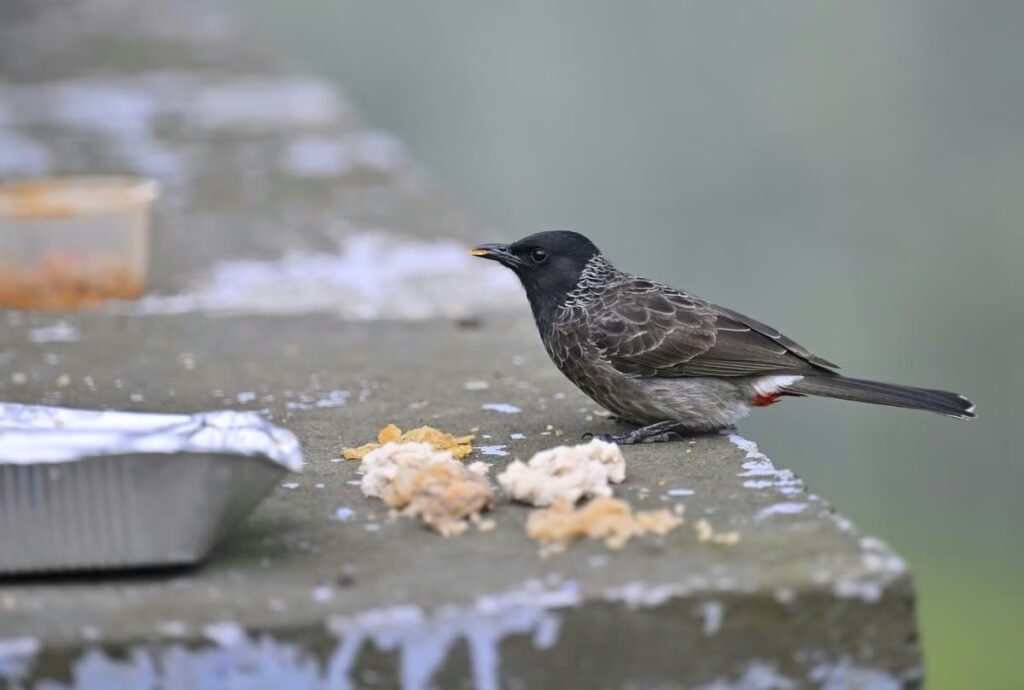
Rapid urbanisation appears to be steadily reshaping Hyderabad’s natural ecosystem, and its impact is clearly visible in the city’s birdlife. A few species such as the Red-vented Bulbul, Ashy Prinia, Spotted Dove, Purple Sunbird and Rock Pigeon have successfully adapted to concrete surroundings and are now among the most widely distributed across parks, gardens, farmland and city streets. However, in the core urban localities, bird diversity has dropped sharply.
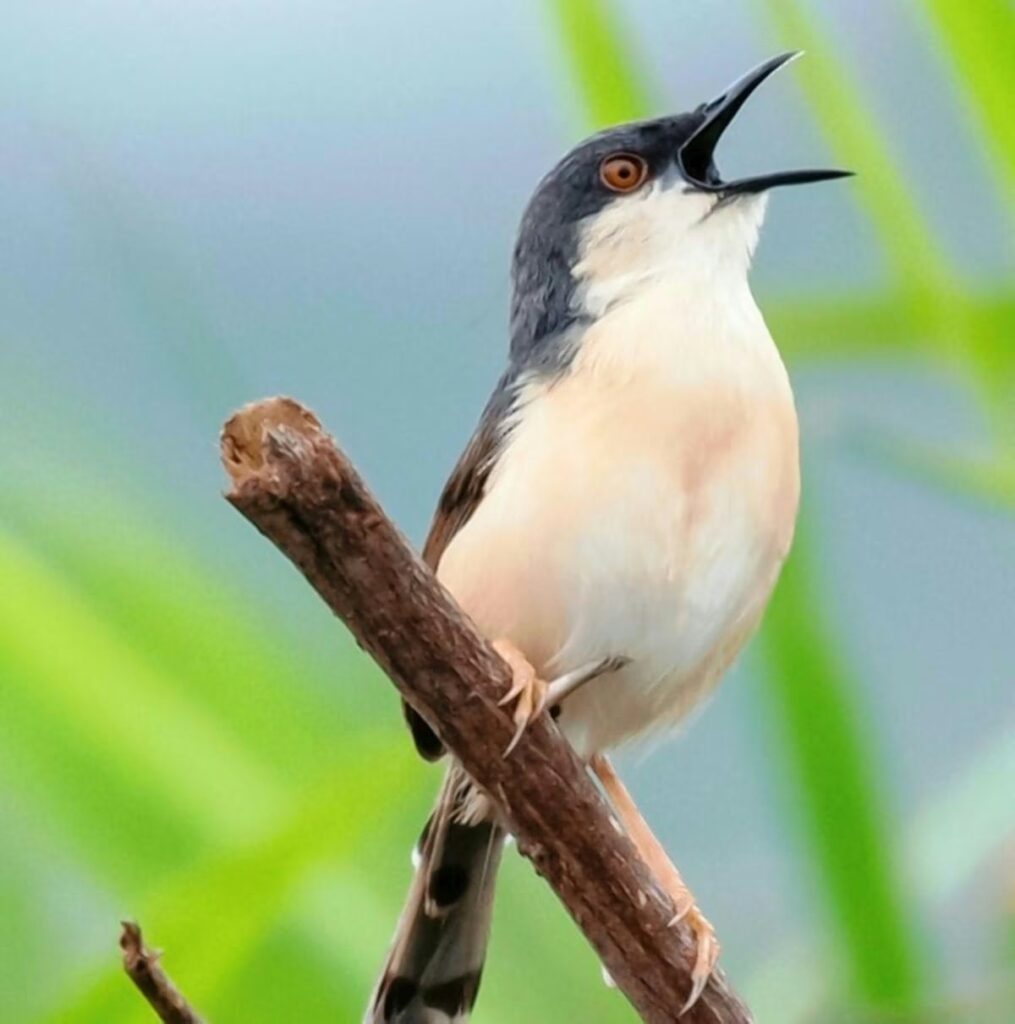
Who found this?
These are the findings of the first and second phases of the survey for Hyderabad Bird Atlas 2025, which is being developed by Hyderabad Birding Pals, Deccan Birders and WWF-India. Results of the second survey, presented in Hyderabad on Sunday, recorded 218 bird species across the city, including several of conservation significance.

Purple Sunbird.

Purpose of Hyderabad Bird Atlas
The first survey was conducted in winter (February), followed by the second in the monsoon (July). Four more seasonal surveys are to be carried out before the Hyderabad Bird Atlas is brought out, offering a comprehensive picture of bird distribution in the city, from native species to migrants, while identifying those of highest conservation concern. Long-term monitoring, they stressed, is essential to track population trends and frame effective protection strategies.
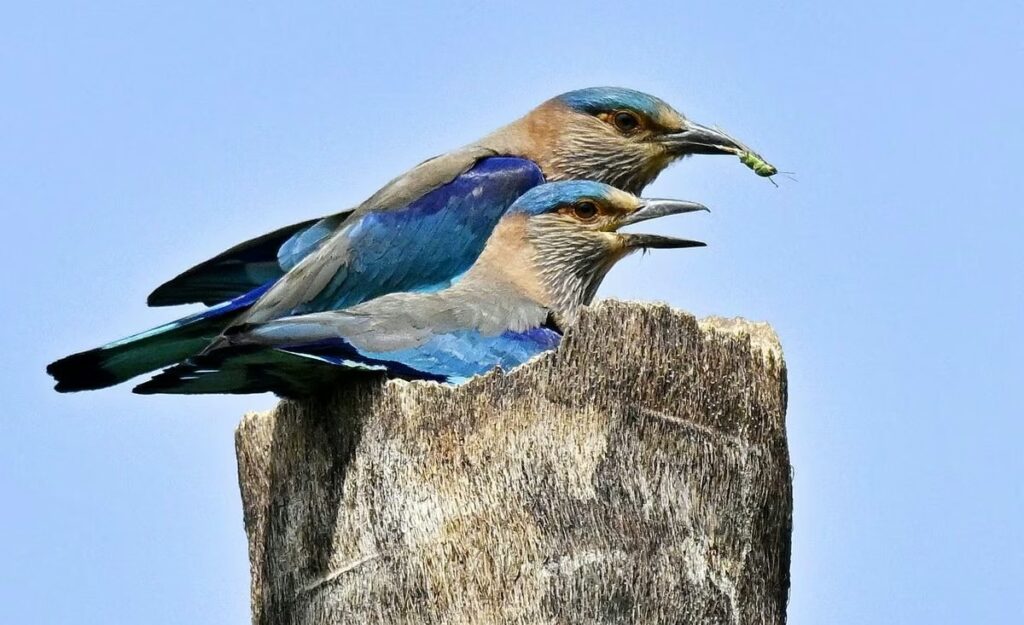
A pair of Indian rollers or palapitta, Telangana’s State bird.
Telangana State bird
For instance, the survey noted a sharp seasonal variation in the numbers of Telangana’s State bird — the Indian Roller (Coracias benghalensis) — with 26 recorded in winter but only four during the monsoon, indicating a much lower presence during the rains.
The second survey drew on 1,440 eBird checklists contributed by over 400 volunteers. Bird distribution was mapped across 180 survey areas, spanning Hyderabad’s diverse habitats such as urban lakes, scrublands and grasslands.
A new study has found that Bengaluru’s biodiversity is clustered more in areas with less heat, while heat islands had lower diversity
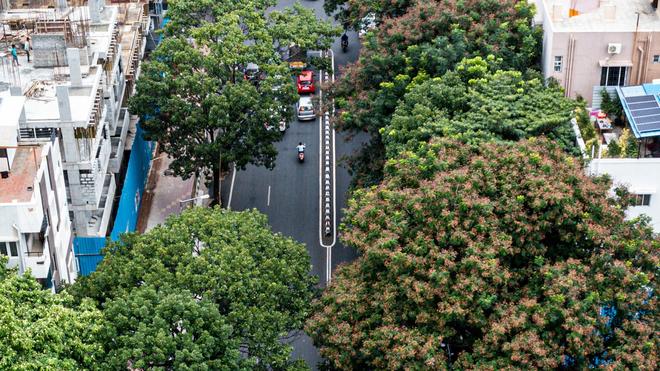
Currently, 77% of Bengaluru’s tree cover consists of exotic species. | Photo Credit: Raghavendra Prasad/Unsplash
Rapidly increasing heat due to climate change and the concomitant reduction in green cover have together significantly affected the lives and livelihoods of millions of people in tropical countries. These effects are more pronounced in rapidly urbanising cities. India’s cities are setting new temperature records with each passing year.
A recent survey for the Hyderabad Bird Atlas (HBA) revealed that the Rock Pigeon, Red-vented Bulbul, Spotted Dove, Purple Sunbird, and Ashy Prinia are the five species best adapted to Hyderabad’s urban environments, appearing across parks, gardens, and streets. However, the survey also found that the population of the Indian Roller (Palapitta), the state bird, dropped to just four sightings during heavy rains, highlighting its lower adaptability to urban and changing conditions compared to the generalist species.
Why are five bird species widely distributed than others in Hyderabad? What do they feed on?
Five bird species were found to be widely distributed in and around Hyderabad, in the two seasons of the Hyderabad Bird Atlas-2025. But why were they found across the city ? What do they consume?
The five bird species are Rock Pigeon, Red-Vented Bulbul, Spotted Dove, Purple Sunbird, and Ashy Prinia. These are generalist birds found across parks, gardens, farmlands, and city streets. “These birds are widespread generalist and commonly known to occur in various habitats, including urban and semi-urban environment, explaining their high distribution,” according to the second survey report of Hyderabad Bird Atlas. Four more seasonal surveys are yet to be carried out before bringing out the Atlas.
When asked why the five bird species adapt to the city’s urban spaces and others cannot, Ornithologist Aasheesh Pittie, who is one of the authors of ‘A Checklist of Birds of Andhra Pradesh, 1989’ , said that “abundance” could be a consequence of visibility, identifiability, association, and familiarity, thereby creating a ‘bias’ in the process. He gave a brief account of what do they thrive on, the habitat they prefer:
Feral Pigeon: It has thrived on the huge amount of grain spread by people anywhere and everywhere. They do not search for food any longer. Our buildings have ample spaces for them to nest, mimicking their traditional ‘rock’ nesting precincts. They are virtually no predators in cities. Also, they feed their chicks on a regurgitated substance called ‘pigeon’s milk’, which means they do not bring live invertebrate prey, grain, etc., to the nest. This is also an advantage for them.
Statue of India’s first Prime Minister Pandit Jawaharlal Nehru — who was known for his love for pigeons — has become a roost for pigeons in Hyderabad. File | Photo Credit: NAGARA GOPAL
Red-vented Bulbul: It is not a specialist feeder. It feeds on fruit, insects, nectar—all easily available in urban areas. The proliferation of the exotic and hardy lantana bushes, whose berries are its food, has helped it explode in numbers.
A Red-Vented Bulbul drinking water from a tap in a bright sunny day. File | Photo Credit: JOTHI RAMALINGAM B
Spotted Dove: Though bullied by Feral Pigeons from nesting areas and at feeding stations, it survives. It perches on wires, trees, buildings, etc., hence easily seen and recorded by volunteers.
Ashy Prinia: It finds abundant food in every type of urban vegetation, and garbage dumps of all sizes. It is loud, vocal, boisterous and visible in the open.
Purple Sunbird: It is a nectarivore and insectivore. Highly visible and vocal. It finds abundant habitat support in the green areas and medians of the city. Builds nests in the open, confident in its architecture of cryptic camouflage.
Mr. Pittie said that many bird species which were common earlier are fewer now due to shrinking habitats usurped for the growth of the urban sprawl: Partridges, Quails prefer rocky outcrops, grassy patches and scrubby area; Waterhens, Red Munias and Snipes were earlier spotted in fields and ponds on the city outskirts; Larks, Pipits and Harriers were spotted at exposed full tank level land around water bodies, or more permanent kuntas and open grounds. “Even the larger water bodies are now bereft of the rafts of Ducks (and their predator, the Peregrine Falcon), which we used to see in winter. Hussainsagar being a case in point!” he said.
Urban-Adapted Species
- Rock Pigeon:A common feral pigeon, thriving on readily available grains and scraps.
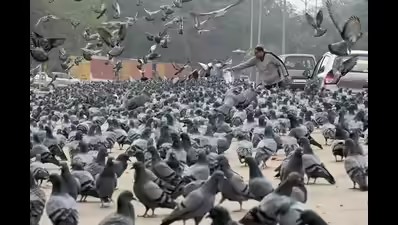
HYDERABAD: The Hyderabad Birding Atlas, which aims to document bird species in the city in different seasons over the period of three years, finished its first leg on Sunday with 67,000 birds and 195 bird species.
The survey was led by WWF-India in collaboration with Hyderabad Birding Pals and Deccan Birders.
Covering 11% of Hyderabad’s landscape- including woodlands, parks, lakes, and urban space. Among the top species observed were pigeons (7,634), egrets (3,576), and red-vented bulbuls (2,984). The red-vented bulbul and the purple sunbird were also the most widespread species.
“The most commonly sighted bird was the red-vented bulbul, and overall, it was a learning journey,” shared Samyooktha Manohar, a volunteer.
Notably, Telangana’s state bird, the Indian roller, was spotted 26 times across 22 locations, mostly on the city’s outskirts. Experts believe this suggests potential habitat loss in the urban core.
“The decline in agricultural lands is evident. These birds feed on insects that thrive in such habitats. Heavy pesticide usage could also be a factor, but bird numbers have declined,” said Farida Tampal, State Director, WWF-India.
The survey also documented rare species such as the grasshopper warbler, common chiffchaff, and eastern Orphean warbler. While volunteers gained insights, experts raised concerns over urbanization, pollution, and habitat destruction.
“Many birds were seen perching on electricity poles due to the lack of natural resting places, and pollution in water bodies like the Musi has made some habitats uninhabitable,” said Sriram Reddy, a birder.
Veteran ornithologist Pittie Aasheesh noted that 75 years ago, Salim Ali conducted a similar bird survey around Hyderabad with support from the Nizams.
“Much has changed in terms of urban expansion and habitat maintenance. Spotting 195 species is a positive sign, but conservation efforts are crucial to sustaining bird diversity,” he added.
The ‘Palapitta’ (Indian Roller)
- Dwindling Sightings:The Indian Roller, the state bird of Telangana, showed a significant decline in sightings, with only four recorded during
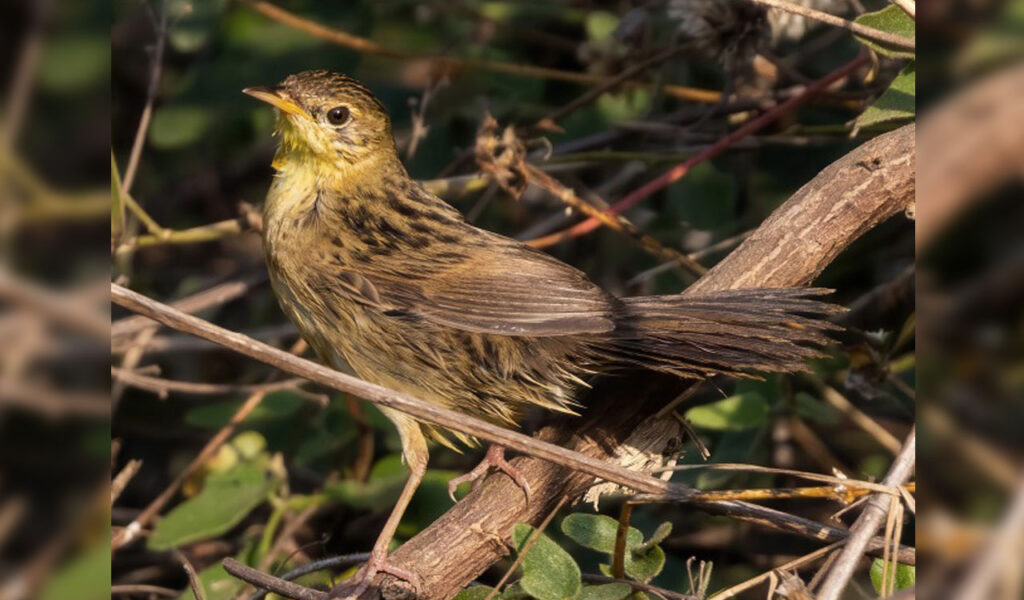
Sangareddy: The efforts to prepare Hyderabad Bird Atlas (HBA) got off to a grand start as 209 bird watchers across the State capital documented 195 bird species including 53 migrant birds at 180 grid locations.
The volunteers joined hands to document and study the avifaunal diversity of Hyderabad in a scientific way. Though over 700 volunteers enrolled for the survey, only 209, who were thoroughly trained, could participate in the first phase. The survey that was jointly taken up by World Wide Fund for Nature-India (WWF-India)-, Hyderabad Birding Pals (HBP), and Deccan Birders covered parks, wetlands, and scrublands within Outer Ring Road (ORR). The bird watchers had recorded over 70,187 birds. While rock pigeon was the most sighted bird with 7,775 birds during the 20-day survey that commenced on February 3, it was followed by cattle egret 3,613 and 2,136 red-vented bulbul.
A considerable population of migrant birds, Rosy Starling 2,791 and Barn Swallow, 2,550 were documented. The State bird, Indian Roller (Palapitta) was sighted 26 times at 22 locations. Purple Sunbird was identified at 564 locations out of 720 followed by Red-Vented Bulbul at 559 locations and spotted dove at 520 locations.
Some rare sightings include a common grasshopper warbler which was the first sighting within the ORR limits. The other rare sightings include Common Chiffchaff, Eastern Orphean Warbler, Baillon’s Crake, Common Cuckoo, Osprey and Peregrine Falcon.
Speaking to Telangana Today, Sriram Reddy, a key member of the project, said that they wanted to create a scientific document of birds present in Hyderabad. Sriram said that the effort will help to carry out conservation of avifaunal diversity and habitat protection in the State capital. He said that it is the first of its kind of effort in Telangana.
The second phase of the survey will be carried out in July this year. To make HBA more accurate and scientific, the team wanted to continue the cycle for next three to five years by surveying twice in a year.
- Urban Challenge:The rains likely create a challenging environment for this species, making it harder for them to navigate and find food within the concrete landscape.
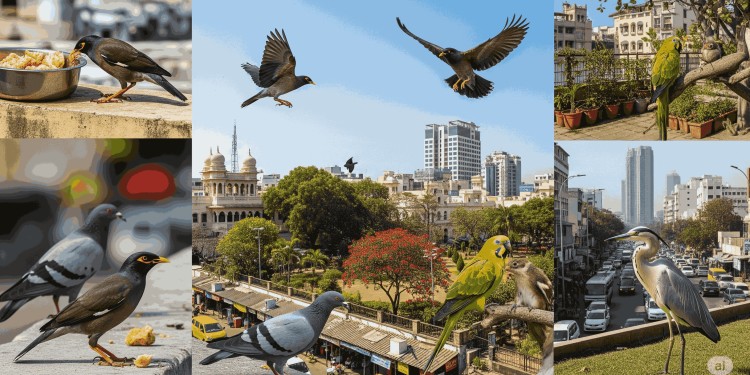
Rapid urban development is reshaping the natural environment in Hyderabad, and the effects are evident in the city’s bird population. A recent survey by the Hyderabad Bird Atlas has recorded 218 bird species in the city, focusing on how they adapt to urban life.
Among the species thriving in Hyderabad’s parks, gardens, and streets are the Red-vented Bulbul, Ashy Prinia, Spotted Dove, Purple Sunbird, and Rock Pigeon. These birds have adjusted well to the concrete surroundings and can be spotted across various habitats. However, the survey also highlights a concerning trend: bird diversity is declining in the city’s densely populated areas.
The ongoing bird atlas project aims to gather comprehensive data on both native and migratory bird species, prioritizing those with the highest conservation needs. The survey identified 18 species protected under Schedule I of the Wildlife Protection Act of India and 26 species rated as high priority for conservation efforts.
The survey also identified several vulnerable and near-threatened species, including the River Tern, Asian Woolly-necked Stork, Spot-billed Pelican, and Pallid Harrier. These findings highlight the ongoing challenges that urbanization poses to various bird species in Hyderabad.
Some areas in and around Hyderabad, like Himayat Sagar–Kothwalguda and Dammaiguda–Thimmaipalli, are rich in bird diversity, while crowded urban sectors like Secunderabad and LB Nagar recorded the lowest. The difference emphasizes the importance of green spaces for sustaining bird populations in urban landscapes.
Discover more
Buy vitamins and supplements
Neosciencehub
Science
AI
Artificial Intelligence
Neo Science Hub
doctors
AI & Technology
Analytica Anacon
Sciences
As the Hyderabad Bird Atlas continues, volunteers and researchers hope to shed light on the long-term trends affecting bird species in the city, paving the way for effective conservation strategies. By understanding how urbanization impacts wildlife, we can work towards creating a balanced coexistence between nature and city life.
Why These Birds Thrive in the City
- Generalist Nature:The five identified species are generalists, meaning they are adaptable and can thrive in a wide range of habitats, including both natural and urban environments.
Second season of Hyderabad Bird Atlas 2025 concludes
The second season of the Hyderabad Bird Atlas 2025 has concluded. Aimed at documenting the city’s avian diversity across seasons, the atlas is expected to be released in a few weeks. While the first season took place in winter (February), the second was conducted during the monsoon (July).
In the first season alone, 209 volunteers surveyed 180 locations across Hyderabad and its peri-urban areas, recording 195 bird species and counting a total of 70,187 individual birds, both resident and migratory.
During the monsoon season, the second phase of the Hyderabad Bird Atlas saw resident birds dominating the landscape, many actively engaged in breeding. A total of 166 bird species and 62,811 individual birds were recorded, with the contributions of 22 volunteers.
While the species count was slightly lower than in winter, owing to the absence of migratory birds, the observations provided critical data on breeding behavior, habitat preferences, and distribution patterns of resident species during the rainy season,” said Sriram Reddy, a core member of Hyderabad Birding Pals which is collaborating for developing the atlas.
- Resource Availability:These birds are adept at finding food and shelter amidst human-modified landscapes, which can include parks, gardens, and city streets.
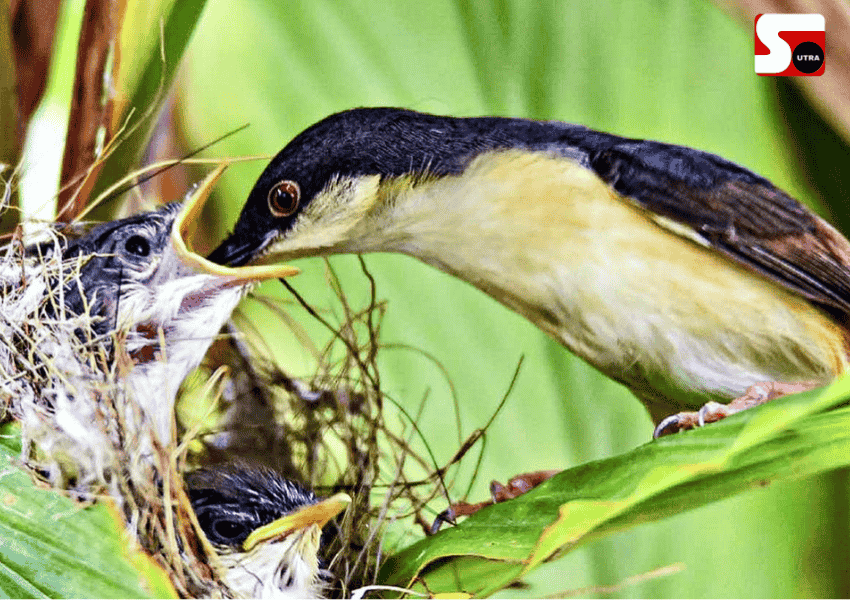
Five Bird Species Thrive in Hyderabad’s Expanding Cityscape, But Many Others Vanish
Hyderabad, Aug 29 — The second edition of the Hyderabad Bird Atlas-2025 has offered a striking portrait of how urbanisation is reshaping birdlife in one of India’s fastest-growing cities. While certain hardy and adaptable birds are thriving amid glass towers, highways, and mushrooming residential colonies, many traditional and sensitive species are quietly vanishing, signaling an ecological imbalance that city planners can no longer afford to ignore.
The Survivors of the Concrete Jungle
The survey revealed that five bird species dominate Hyderabad’s urban ecology:
● Rock Pigeons — 9,116 sightings
● Red-vented Bulbuls — 2,978 sightings
● Ashy Prinias — 2,121 sightings
● Spotted Doves — 2,006 sightings
● Purple Sunbirds — 1,054 sightings
These birds, familiar to nearly every city dweller, have mastered the art of coexisting with people.
● Rock Pigeons, for instance, find abundant food from offerings at temples, grains left at markets, and scraps from households. They have also adapted to nesting on window ledges, building crevices, and flyovers.
● Red-vented Bulbuls, with their energetic calls, feed on fruits, lantana berries, and kitchen waste. They are often spotted in colonies and small home gardens.
● Ashy Prinias, insect-loving warblers, take advantage of the insect boom in garbage dumps and open patches of scrubland.
● Spotted Doves are gentle cohabitants that manage to survive despite competition from aggressive pigeons.
● Purple Sunbirds, the tiny nectar-feeders, continue to thrive where flowering plants, gulmohar trees, and landscaped gardens provide sustenance.
“These are the great adapters,” said ornithologist Aasheesh Pittie, who has studied Hyderabad’s avian life for decades. “They thrive on what humans leave behind, from food waste to ornamental gardens. But their success hides the loss of many others that cannot cope with urban change.”
The Silent Disappearance of Traditional Birds
The report highlights a sharp decline in traditional species that once defined the Deccan’s birdscape — partridges, quails, larks, pipits, and several species of winter ducks.
Wetlands that once hosted migratory ducks are disappearing under real estate projects, while grasslands and scrub habitats that supported quails and larks are rapidly being converted into housing layouts or IT parks.
The decline is not only a loss of biodiversity but also a sign of ecological imbalance. Each missing species leaves behind a gap in the food chain — fewer insectivores mean higher pest populations, while fewer seed-eating birds affect natural plant regeneration.
Urbanisation: Boon and Bane
Hyderabad, with its booming IT industry and rapid urban expansion, has become a textbook case of how cities alter ecological systems. The bird atlas surveyors noted that while construction provides pigeons and bulbuls new nesting opportunities, it simultaneously destroys wetlands and forests that more sensitive species depend on.
Ecologists warn that unchecked development could push Hyderabad toward a homogenised bird community, dominated only by a handful of survivors, while the city loses its seasonal visitors and native diversity.
Preserving Avian Diversity
Experts argue that Hyderabad still has a chance to correct course. Simple measures such as:
● Protecting wetlands like Ameenpur Lake and Osman Sagar,
● Maintaining green belts in new housing colonies,
● Planting native trees that provide food and shelter, and
● Creating ecological corridors that link parks, lakes, and scrublands,
…can ensure that the city remains home not just to pigeons and bulbuls, but also to migratory ducks, shy quails, and grassland birds.
“Urban growth is inevitable,” said Pittie. “But if we integrate biodiversity into planning, we can create a city where both people and birds thrive.”
A Call to Action
The findings of the Hyderabad Bird Atlas-2025 serve as both a celebration and a warning. The thriving populations of five hardy species show the remarkable adaptability of nature, but the decline of others underscores the fragile balance between development and ecology.
As Hyderabad continues to rise as a global city, the question remains: will its skies remain alive with diverse bird calls, or will future generations know only pigeons and bulbuls?
The answer depends on choices made today — choices that weigh concrete against wetlands, glass towers against green corridors, and short-term growth against long-term sustainability.
- Visibility and Familiarity:Their abundance in urban areas may also be influenced by factors like high visibility, identifiability, and their association with human activities, creating a ‘bias’ in their presence.
Asian Waterbird Census in Kollam records 11,525 birds from 81 species
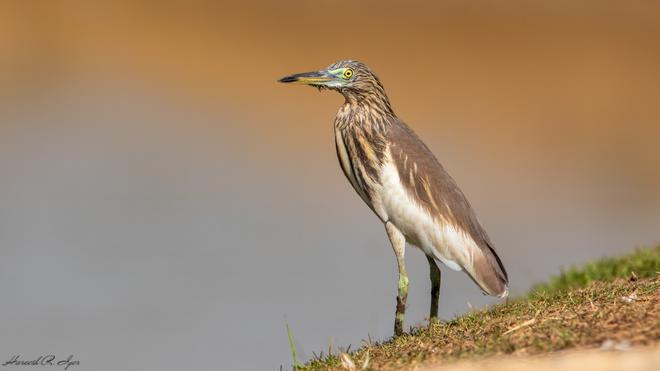
The annual Asian Waterbird Census in Kollam district has counted 11,525 birds from 81 species, including 46 migratory species. This is a slight increase from the 2024 census, which recorded 11,470 birds from 83 species.